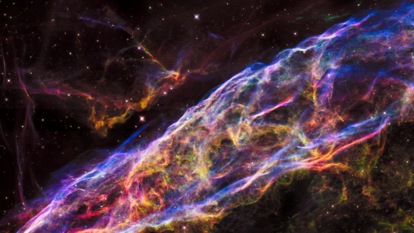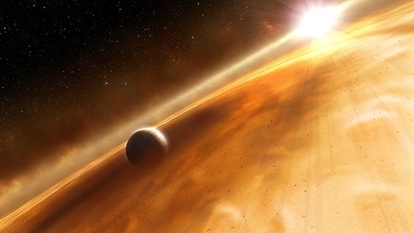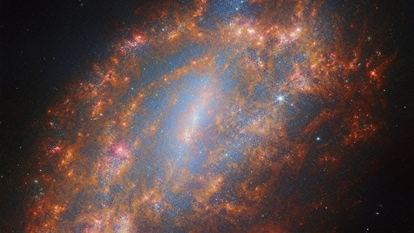NASA shares stunning Moon mosaic on Instagram
NASA unveiled an extraordinary mosaic of the Moon, a sight never witnessed before, thanks to the combined efforts of two different cameras.
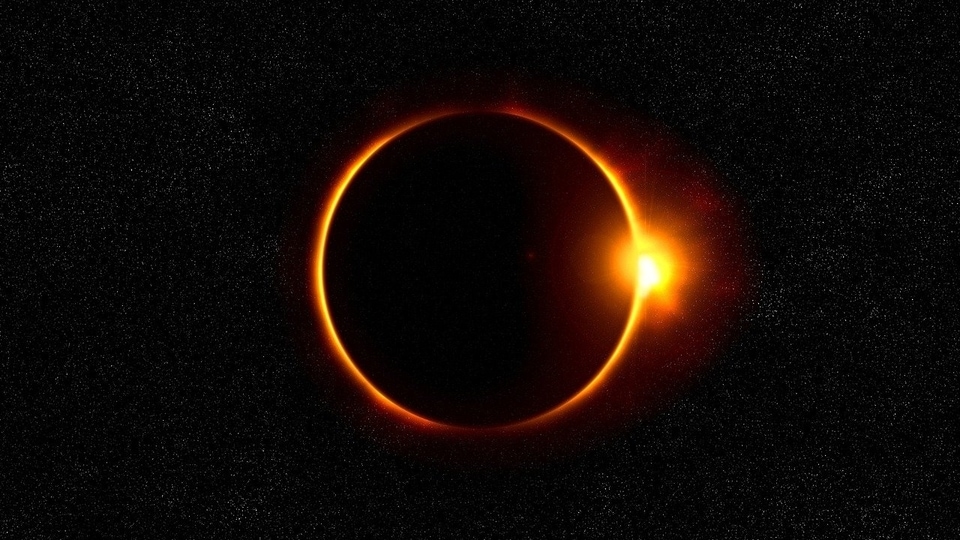
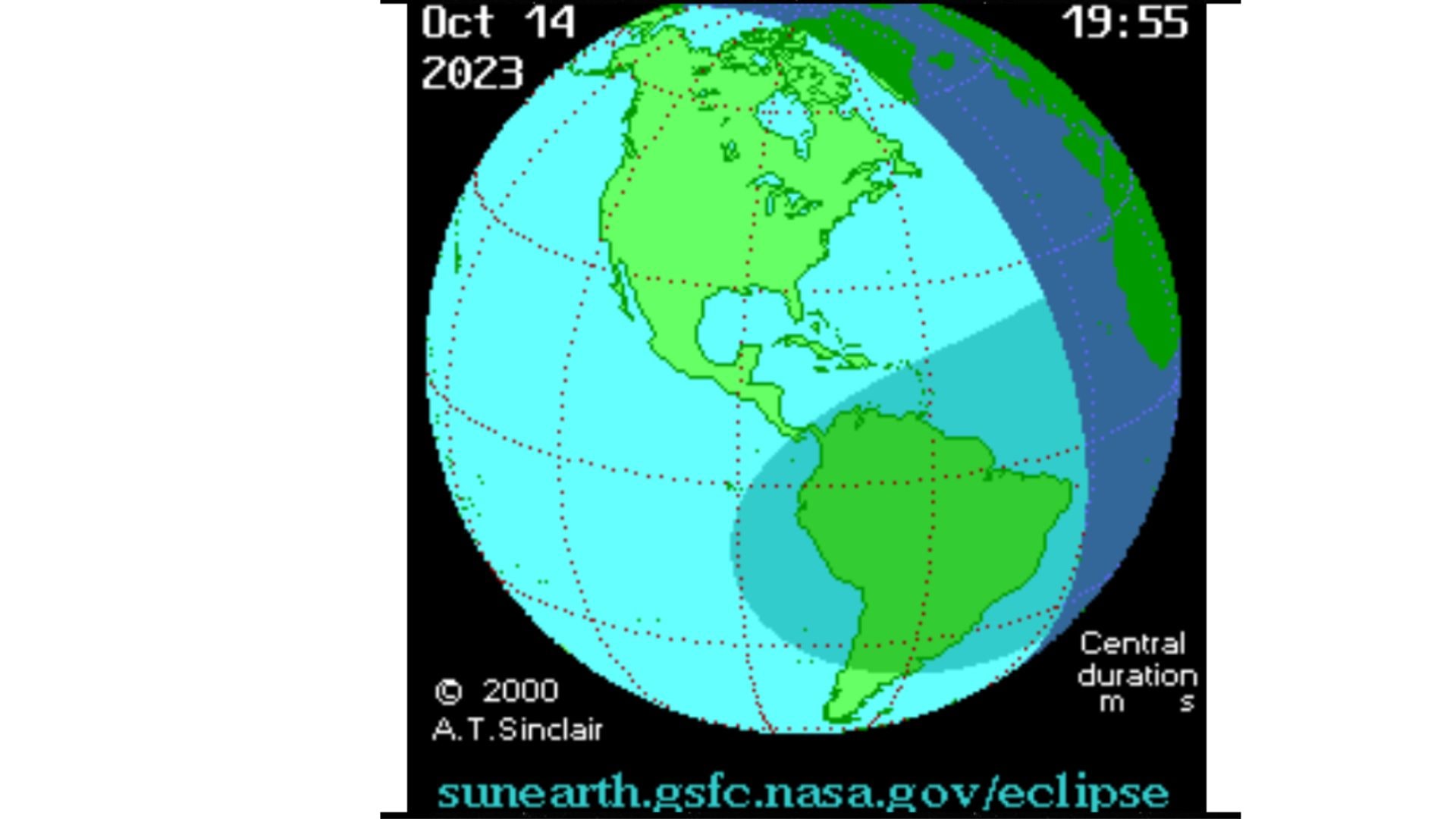
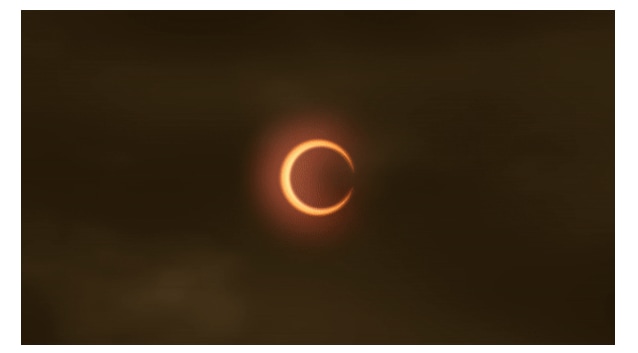
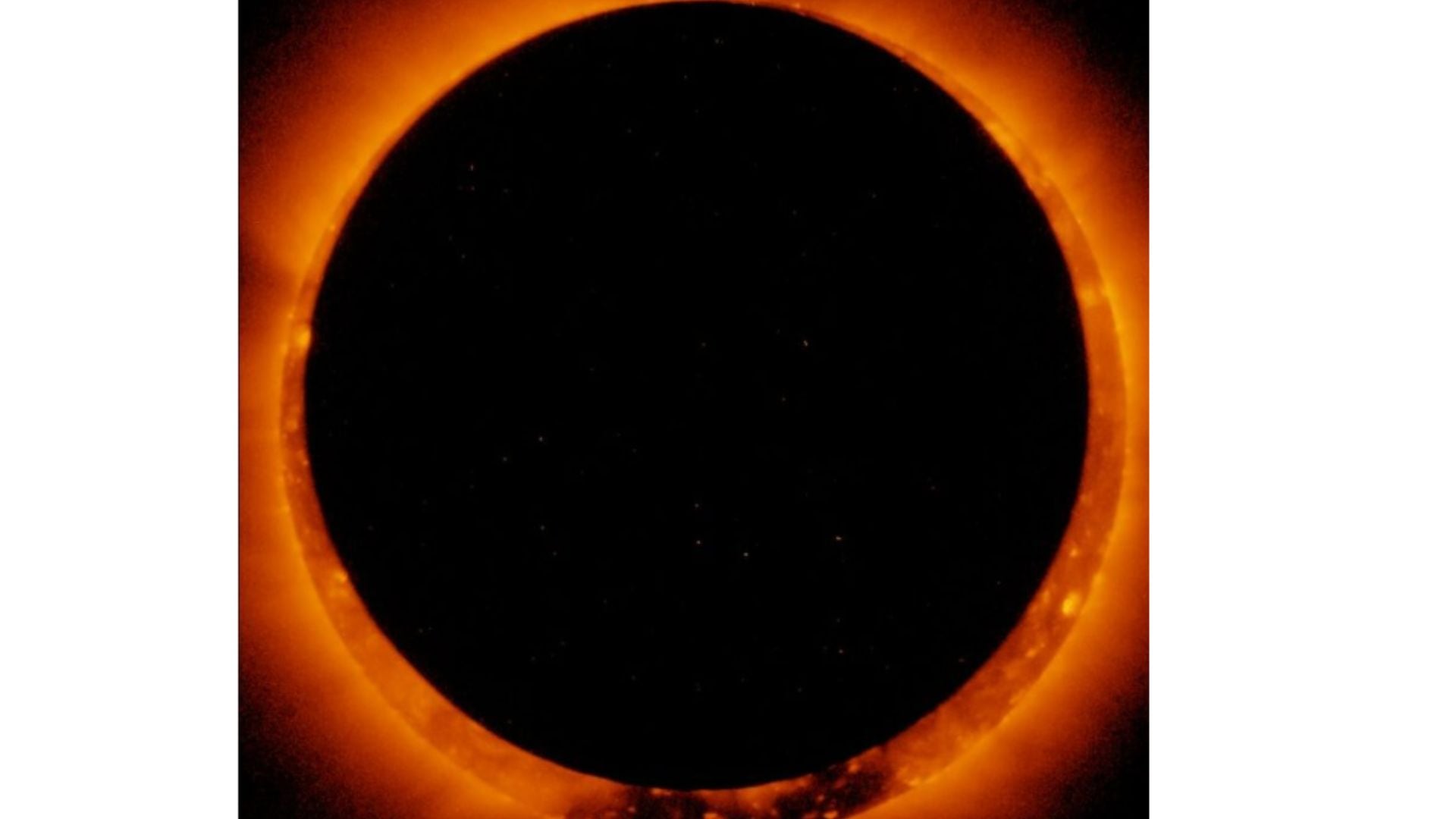

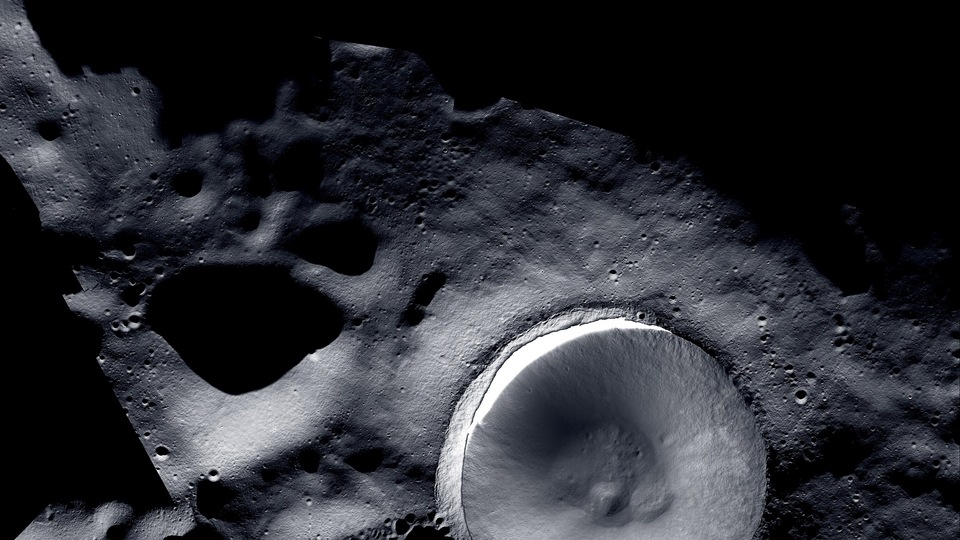
 View all Images
View all ImagesThe Moon has always been a favorite subject for space enthusiasts. It continuously catches the attention of astronomers because of its unparalleled beauty and the fact that it is the nearest space object to Earth. Space agencies like NASA, ISRO, and ESA keep capturing space phenomena and the universe through their various space missions and sharing mesmerizing snapshots. While ISRO's Chandrayaan-3 has shared stunning pictures from the south pole of the Moon, NASA has recently shared an unprecedented mosaic of the Moon which left everyone amazed.
Moon Mosaic
Just this past Tuesday, NASA unveiled an extraordinary mosaic of the Moon, a sight never witnessed before, thanks to the combined efforts of two different cameras. According to NASA, this image offers an unprecedented level of detail of the lunar South Pole region, highlighting a crater designated as Shackleton Crater. Remarkably, a report from CNET speculates that this very crater depicted in the mosaic could be a potential landing site for the upcoming Artemis III mission in 2025.
What makes this region particularly intriguing is that it remains unexplored by humans and holds significant scientific and exploratory value. Scientists believe that it may have deposits of ice or other frozen volatile substances,
NASA took Instagram into the storm after sharing the “Moon mosaic”. The caption of the picture stated, “Moonlight Sonata".
This new mosaic reveals the power of two Moon orbiting cameras, working together. It was created with imagery acquired by the Lunar Reconnaissance Orbiter Camera (LROC) and ShadowCam, a NASA instrument aboard a Korea Aerospace Research Institute spacecraft called Danuri.
The Lunar Reconnaissance Orbiter Camera (LROC) has the ability to capture detailed images of the lunar surface but it is limited to capturing the shadowed parts of the Moon where the sunlight can't reach directly. As NASA stated further in the Insta caption, “ShadowCam is 200 times more light-sensitive than LROC and can operate successfully in these extremely low-light conditions, revealing features that are not visible to LROC.”
ShadowCam's limited light sensitivity prevents it from capturing images of Moon areas that are directly illuminated, which provided saturated results. By optimizing each camera for specific lighting conditions near the lunar poles, analysts can merge images from both devices to unveil remarkable details of the lunar South Pole region.
These achievements in the field of space may unfurl many secrets of space and the universe that can help help understand them better.
Catch all the Latest Tech News, Mobile News, Laptop News, Gaming news, Wearables News , How To News, also keep up with us on Whatsapp channel,Twitter, Facebook, Google News, and Instagram. For our latest videos, subscribe to our YouTube channel.








